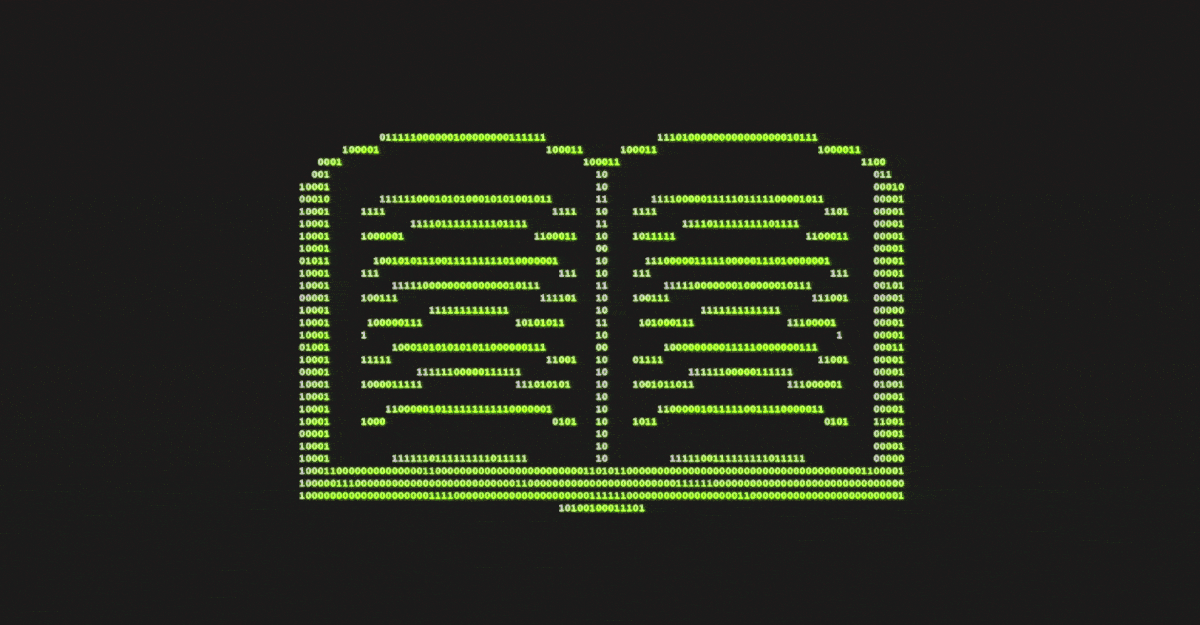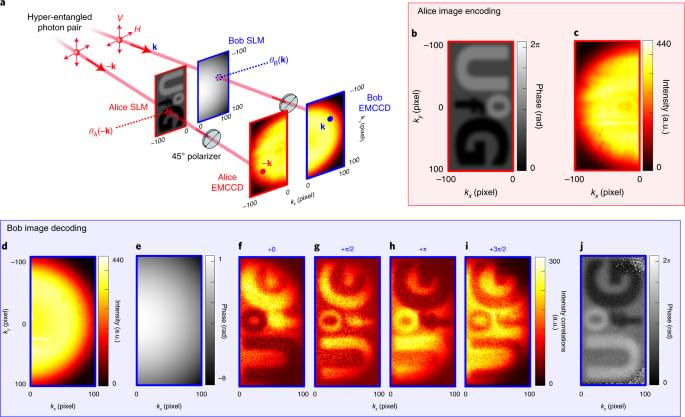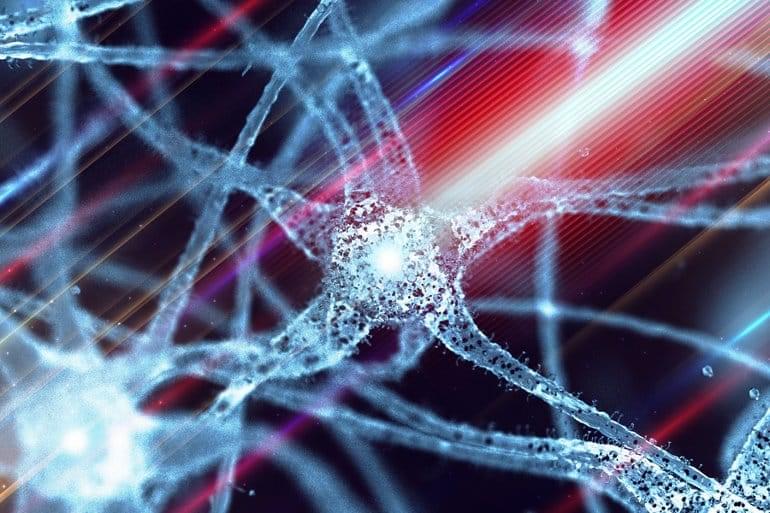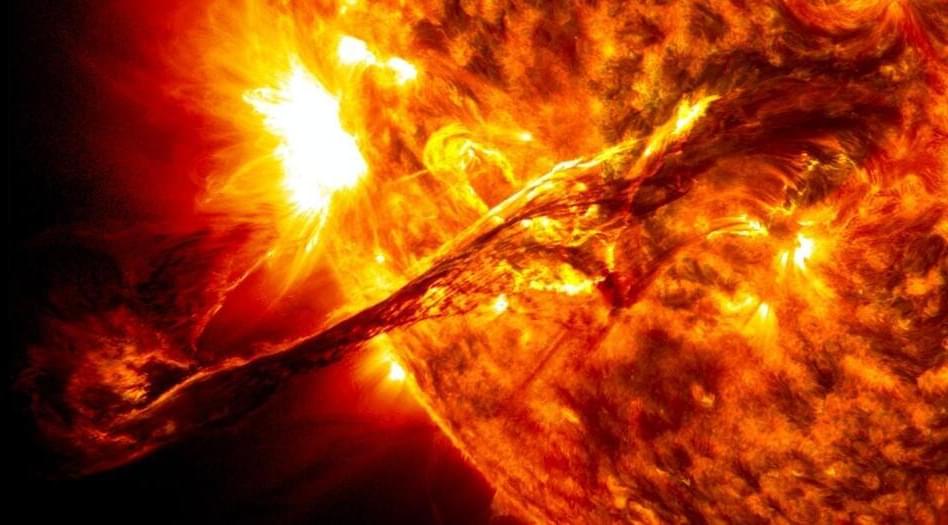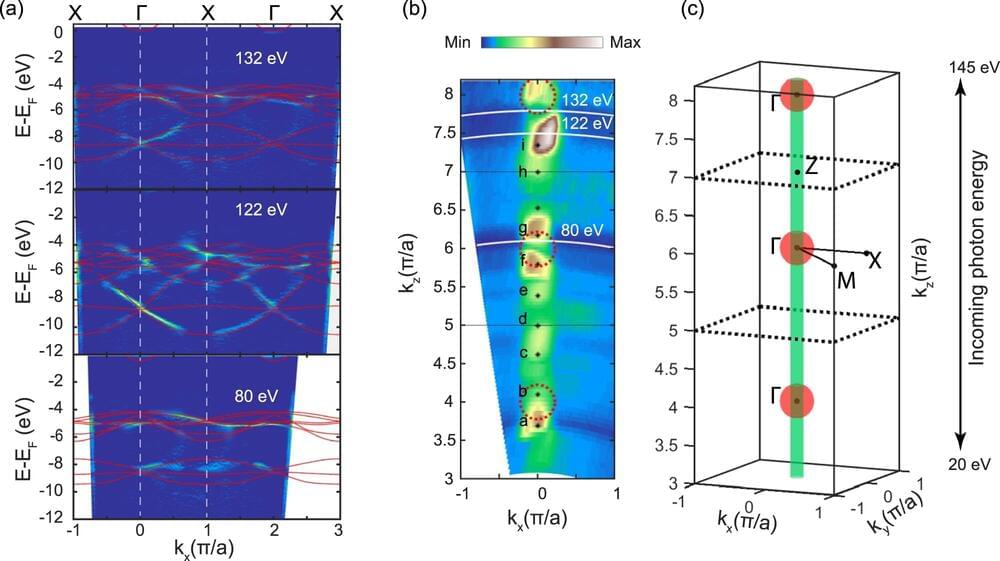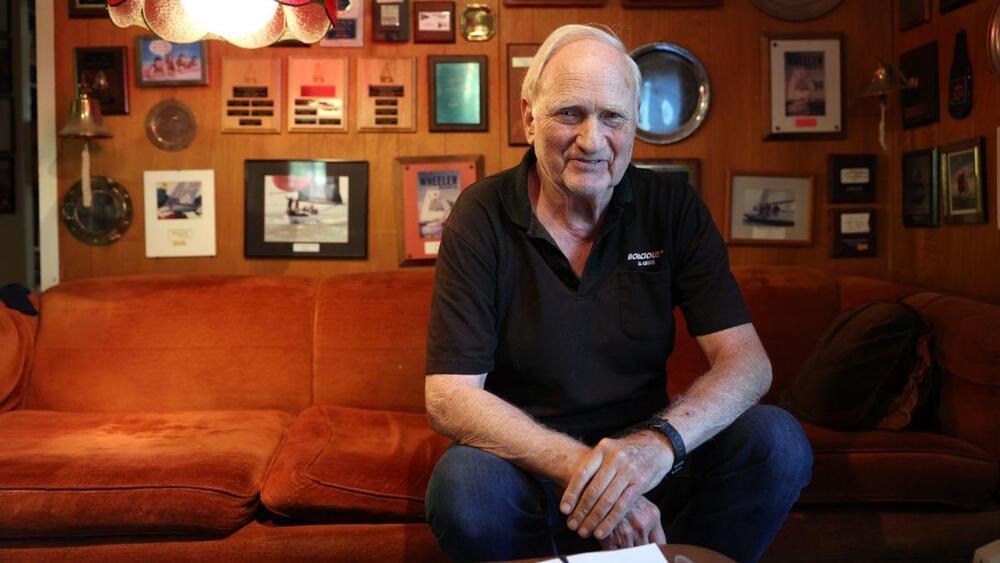Page 2889
Dec 9, 2022
Scientists Have Built a Real Star Trek ‘Replicator’ That Builds Objects With Light
Posted by Quinn Sena in category: futurism
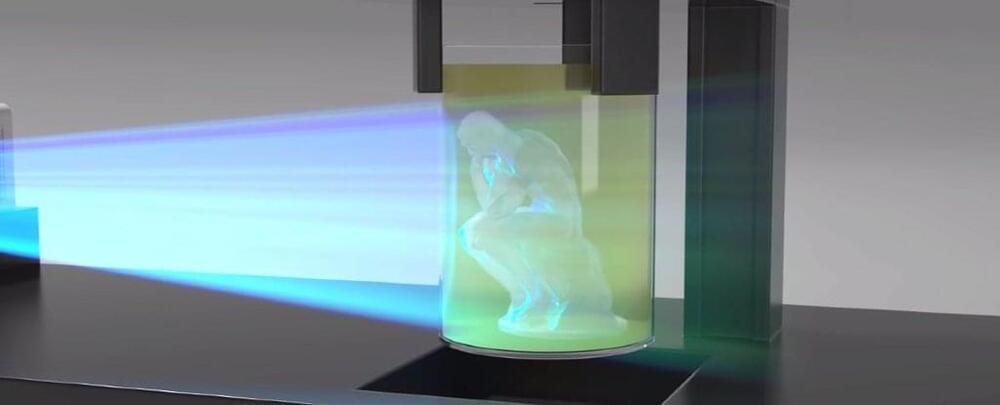
Year 2019 o.o!
3D printers work by laboriously printing objects layer by layer. For larger objects, that process can take hours or even days.
Dec 9, 2022
Edible holograms could decorate or even authenticate food
Posted by Quinn Sena in categories: food, holograms
Year 2021 face_with_colon_three
Remember back in the mid-80s, when mass-produced holograms were such a big deal? Since then, they’ve become common on credit cards, currency and other items. Now, thanks to new research, you can actually eat the things.
First of all, why would anyone want an edible hologram? Well, along with simply being used for decorative purposes, they could conceivably also serve to show that a food item hasn’t been tampered with, or to display its name and/or ingredients in a way that proves it isn’t a counterfeit product.
Continue reading “Edible holograms could decorate or even authenticate food” »
Dec 9, 2022
Polarization entanglement-enabled quantum holography
Posted by Quinn Sena in categories: particle physics, quantum physics
Year 2021 face_with_colon_three
By exploiting polarization entanglement between photons, quantum holography can circumvent the need for first-order coherence that is vital to classical holography.
Dec 9, 2022
HEXATRACK-Space Express Concept Connecting Lunar &Martian City (Lunar & Mars Glass) and Beyond-SHORT
Posted by Jose Ruben Rodriguez Fuentes in categories: media & arts, space, virtual reality
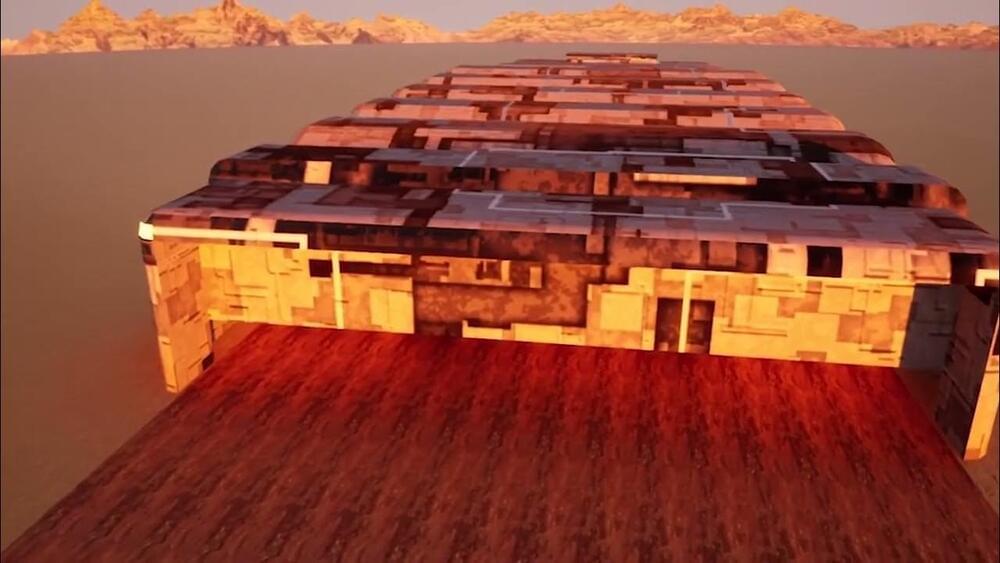
HEXATRACK-Space Express Concept Connecting Lunar &Martian City (Lunar & Mars Glass) and Beyond — SHORT VERSIONHEXATRACK-Space Express Concept, designed and created by Yosuke A. Yamashiki, Kyoto University.
Lunar Glass & Mars Glass, designed and created by Takuya Ono, Kajima Co. Ltd.
Visual Effect and detailed design are generated by Juniya Okamura.
Concept Advisor Naoko Yamazaki, AstronautSIC Human Spaceology Center, GSAIS, Kyoto UniversityVR of Lunar&Mars Glass — created by Natsumi Iwato and Mamiko Hikita, Kyoto University.
VR contents of Lunar&Mars Glass by Shinji Asano, Natsumi Iwato, Mamiko Hikita and Junya Okamura.
Daidaros concept by Takuya Ono.
Terraformed Mars were designed by Fuka Takagi & Yosuke A. Yamashiki.
Exoplanet image were created by Ryusuke Kuroki, Fuka Takagi, Hiroaki Sato, Ayu Shiragashi and Y. A. Yamashiki.
All Music (” Lunar City” “Martian”“Neptune”) are composed and played by Yosuke Alexandre Yamashiki.
Dec 9, 2022
Using Light to Manipulate Neuron Excitability
Posted by Jose Ruben Rodriguez Fuentes in categories: genetics, neuroscience
Summary: A new optogenetics-based technique allows researchers to control neuron excitability.
Source: MIT
Nearly 20 years ago, scientists developed ways to stimulate or silence neurons by shining light on them. This technique, known as optogenetics, allows researchers to discover the functions of specific neurons and how they communicate with other neurons to form circuits.
Dec 9, 2022
Scientists discover ‘single concise’ phenomenon that determines how long you’ll live
Posted by Paul Battista in category: biotech/medical
Research has shown that people with shorter genes age faster, die sooner and are more prone to disease, and this applies to all animals — scientists found that longer and shorter genes linked to longer and shorter lifespans, respectively Scientists have discovered a “single concise” phenomenon that will be able to determine how long you will live, according to new research.
Dec 9, 2022
Surprisingly, TRAPPIST-1’s violent flares could make life even more likely
Posted by Atanas Atanasov in categories: physics, space
Thanks to a cool physics trick, flares from a nearby star can heat a planet from the inside, powering plate tectonics.
Dec 9, 2022
New materials for the computer of the future
Posted by Dan Breeden in categories: computing, particle physics
Novel materials could revolutionize computer technology. Research conducted by scientists at the Paul Scherrer Institute PSI using the Swiss Light Source SLS has reached an important milestone along this path.
Microchips are made from silicon and work on the physical principle of a semiconductor. Nothing has changed here since the first transistor was invented in 1947 in the Bell Labs in America. Ever since, researchers have repeatedly foretold the end of the silicon era—but have always been wrong.
Silicon technology is very much alive, and continues to develop at a rapid pace. The IT giant IBM has just announced the first microprocessor whose transistor structures only measure two nanometers, equivalent to 20 adjacent atoms. So what’s next? Even tinier structures? Presumably so—for this decade, at least.
Dec 9, 2022
Nobody took John F. Clauser’s quantum experiments seriously. 50 years later, he’s collecting a Nobel Prize
Posted by Paul Battista in category: quantum physics
John F. Clauser reflects on receiving the 2022 Nobel Prize in physics for the groundbreaking work he did 50 years ago.
